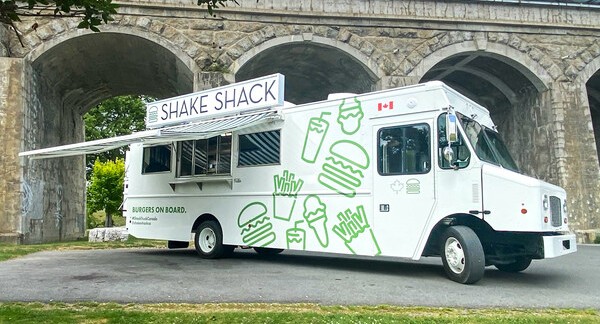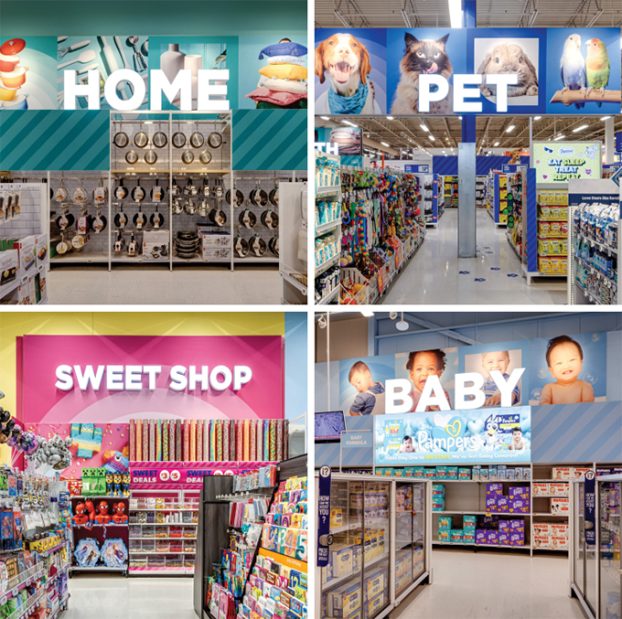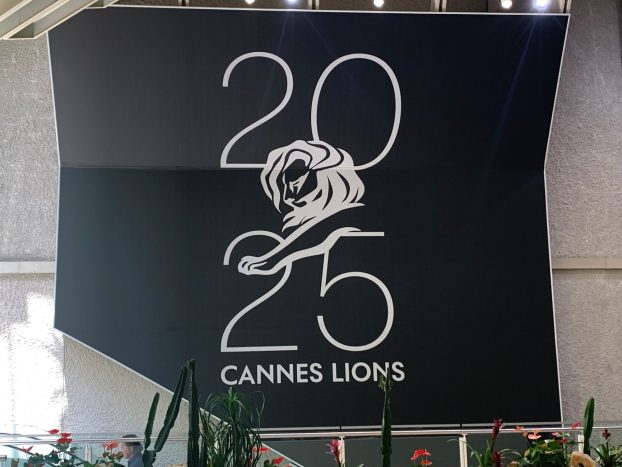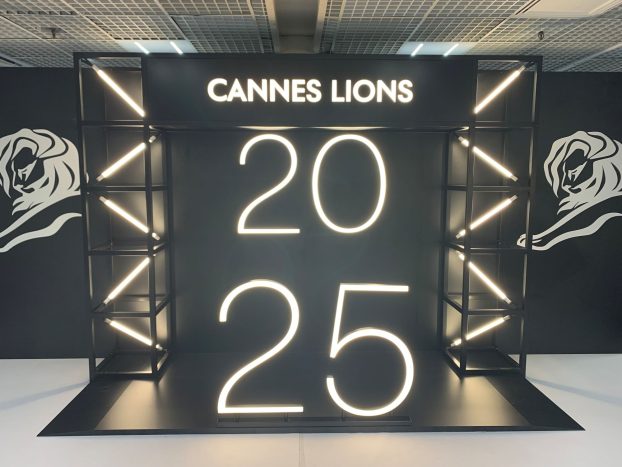By Jonathan Paul and Emily Wexler
The following is a recap of several of the sessions on the first day of the Shopper Marketing Forum. For a recap of the second day, click here.
The new consumer psychology
After some welcoming remarks from co-chairs Uwe Stueckmann, SVP Marketing, Loblaw Companies, and Martin Rydlo, director of portfolio strategy and initiatives, Campbell Company of Canada, the third annual Shopper Marketing Forum at the Westin Harbour Castle in Toronto, presented by strategy and Pareto, began with a keynote address delivered by shopper marketing expert Dr. Kit Yarrow of Golden Gate University, examining the new consumer psychology.
Yarrow identified seven big shifts affecting the way consumers think about making purchases. The first addressed how retailers and manufacturers must now deal with “emotionally overloaded shoppers due to a multitude or purchase options.” As a result, consumers are more wary and guarded these days, Yarrow’s second shift in consumer psychology. The next shift involves consumers becoming increasingly self-reliant. They don’t need businesses and institutions to help them anymore; rather they search out information on their own to inform their purchase decisions. This led to Yarrow’s fourth shift: consumers are more empowered and enabled and can circumvent traditional hierarchies. To illustrate her point she used the case of YouTube being the catalyst of Justin Bieber’s rise to fame.
Yarrow’s fifth shift involved consumers becoming more visual and less verbal, requiring shopper marketing communications to become more ensconced in symbolism, stories, images, experienced and associations. The sixth identified a yearning for a sense of belonging on the part of the consumer. The final shift was what she labeled the “trifecta of consumption change,” which includes the global financial crisis, the green movement and option overload.
“We’ve gone from conspicuous consumption to much more conscious consumption,” said Yarrow.
Yarrow said that consumer shifts in consumption to be more conscious of price or waste are probably forever, particularly for gen-Xers and baby boomers. However, the change in thinking offers marketers greater opportunity. As consumers’ heightened buying consciousness is causing them to find different ways to spend their money, shopper marketers are being presented with more options to reach out to them.
Yarrow concluded her presentation by outlining six principles for reaching the new consumer. You have to involve them. Status now is how much attention you get and the new power is influential. Communications must be ramped up otherwise people will get bored – make what you do visual, contextual, active and intuitive. Be real – human, humble, intimate, emotional and authentic. Communications must be un-siloed. Online and the real world are the same to people now. Finally, “technovation” is key. Consumers believe that new is better and brands must always innovate.
Strategy caught up with Dr. Kit Yarrow of Golden Gate University to get her thoughts on the changing consumer after her talk.
[iframe_vimeo video=”38096292″]
Videography by Jennifer Horn
The anywhere experience
The second keynote of the morning was delivered by Patrick Moorehead, SVP group management director, mobile platforms, Draftfcb Chicago, who addressed the “anywhere experience.” Moorehead’s presentation began with a restating of the term “location-based services.”
“Location-based services as a technology is kind of lame, really,” said Moorehead. “What’s much more interesting is the way that the mobile phone is impacting shopper marketing behavior, so I’m changing the acronym from location-based services to location-based shopper.”
Pointing out that, through any media, you only have 6.5 seconds to make an emotional connection, Moorehead identified mobile as the ultimate 6.5-second tech. He then identified four areas in mobile and shopper marketing that will give shape to the space.
Mobile, said Moorehead, is now the first screen. He noted that smart phone penetration is increasing – 81% of mobile phone owners browse the internet, in the next four years one in four people will have two devices and 16% of Americans feel paranoid anxiety if they can’t check in on their phone daily.
It’s all about location, location, location. “We are addicted to now,” said Moorehead, pointing out that our mobile devices accelerate that addiction and organize the entire world around us instantly, a concept he and his Draftfcb colleagues call “me, here, now.”
A third area Moorehead identified was the mobile wallet, powered by near field communication (NFC) technology – transactions in-store can be completed with the mere swipe of your smartphone – and stands to change the whole notion of the transaction in shopper marketing. It will change the focus from “give me your money to give me your attention.”
Moorehead concluded his presentation by examining some barriers to entry, the main problem being the user experience (a lack of mobile optimization), noting that 84% of people who have engaged in a mobile transaction have had problems.
“We have to design an experience for the phone,” says Moorehead. “Consumers are asking for it. We need to get the user experience right.”
He added that we have to make customers understand the value of “m-commerce” and understand the need for security on mobile devices.
“The real important thing about the mobile wallet,” he says, “is the existence of secure information on the phone.”
Shopper marketing myths and obstacles
The morning session concluded with a panel discussion moderated by Ken Wong, professor of marketing, Queen’s University, which included heavy-hitting marketers David Ciancio, SVP head of international client leadership, Dunnhumby UK; David Grisim, associate marketing director brand operations, Procter & Gamble; and Angela Scardillo, VP marketing, Best Buy Canada.
The group tackled questions around shopper marketing myths and obstacles, beginning with whether or not shopper marketing is in fact a win-win endeavour, or simply a series of hurdles. All three panelists indicated the process can be mutually beneficial provided, said Scardillo, retailers and manufacturers work together to ensure easy purchase decisions for customers. She cited Best Buy and Future Shop’s efforts to create experiences in-store that interact with the customer.
Grisim added that, for P&G, it starts with driving joint value between the company and retailers by ensuring clear objectives up front and leveraging the vendor’s scale and marketing elements and make sure they’re differentiated to leverage equity. He added that the message shouldn’t be complicated and communications should be developed that find the magic of the national campaign and the unique abilities of the retailer. This, he said, requires an in-depth understanding of the customer.
Ciancio pointed out that it’s really about shopper marketing being win-win-win, the third “win” belonging to the customer. The approach to shopper marketing programs, he said, should begin with the customer at the centre and then extend out to the needs of the brand and retailer.
On top of addressing points regarding how to craft successful shopper marketing programs – having a learning component, thinking bigger with integrated programs, a focus on the consumer and increasing innovation funds – the group also discussed how manufacturers can help with loyalty programs, creating products in partnership with the retailers to remove price as an incentive for customers to act and changes that need to happen in-store due to the advent of digital.
The cognitive psychology of shopping
The afternoon kicked off with a keynote by Dr. Hugh Phillips, in-store scientist, Pareto Corporation, on in-aisle marketing and the cognitive psychology of shopping. Through a series of exercises, he proved to the audience just how limited our attention spans are, and how something grabs our attention – namely through selective perception (what is relevant to us during a shopping trip, for example) and schemata (learned subconscious routine that we’ve stored in our memory so we can cope with our environment).
He noted that the key to grabbing attention in store aisles is to have the shopper go from a broad scan to a narrow scan, in other words, from a macro look around to noticing the micro details of your particular product.
Phillips said there are five steps to a shopper imparting meaning in your product, and consider a purchase: store traffic (are they visiting your product’s aisle? Are you in the right store? Etc.); compliance (are you in the right location at the right time?); noting (does the shopper look at your display?); engagement (the shopper switches to narrow scan and focuses in on your communications); and creative (the shopper is reading and absorbing your communications).
Phillips noted that while the odds are stacked against your communications in stores – since the average level of compliance is 29%, only 17% note a display and only 16% make the transition to engagement – shopper marketers can create meaning through visual clues and can monitor how shoppers are interacting with displays through research methods like face-recognition software.
Online vs. brick and mortar
Up next, John Torella, senior partner, JC Williams Group, and Kevin Lund, VP global retail programs, Perennial, took to the stage to discuss the battle between online and bricks and mortar stores.
First, Torella argued that with the evolution of shopper marketing, there isn’t really a battle between these two areas but rather the challenge is now about the seamless integration of the total experience. There has been a shift from a focus on in-store, he said, to total shopping, buying and the product in-use experience.
He noted a few examples of brands that have created a total integrated experience, such as the IGA grocery stores and the TIFF store at the Bell Lightbox.
He also noted that customer data is getting cheaper, easier, faster and better and we need to better understand, accept it and use it.
“Total experience is not a fad, it’s not going away,” he said. So we need to be ready to amend traditional approaches.
Then, with several brand examples and an often humorous approach, Lund spoke about how brick and mortar stores need to find their value proposition. He noted that with the advent of online shopping sites like Amazon, stores can no longer win on price alone.
“The price war is over because we can no longer sit in rooms and figure out how to lie to consumers,” he said.
So the question to ask brands is, “what is your brand promise? And do people trust the brand to deliver on that promise?”
He noted that one thing a brick and mortar store can truly own is the human factor. He gave the example of Apple, and how they can take a group of “misfits” who you may not trust on the street, but put them in a blue t-shirt behind the Apple Genius Bar and they suddenly become the people you most trust with your electronics. He also gave the example of Victoria’s Secret – a man wouldn’t want to give his wife lingerie bought online if he realizes she is a large size, but if the saleswoman in Victoria’s Secret recommends it, it becomes a justified choice.
He said that the price, plus the brand promise, plus the experience equals the value. For people to want to buy face-to-face, there needs to be a reason. So if you can’t compete with the powerhouse retailers on price, you need to determine if there’s a human element you can own.
Shopper marketing best practices
The first day was capped off with a panel discussion on best practices for shopper marketing divisions within organizations. The panel included Bill Carlson of Unilever, Lisa Gunther of Newell Rubbermaid, Jason McDonell of Pepsico Foods Canada, Nicole Rocheleau of GSK GlaxoSmithKline and Martin Rydlo of Campbell Company of Canada.
Rocheleau noted that when creating a shopper marketing division within your organization, you should focus by finding out where you can make the biggest impact the quickest, since budget and resources will be limited at first. Also, look for opportunities for collaboration with retailers, and commit to building insights through research and digging deep into your categories.
McDonell noted the importance of understanding the difference between the consumer and the shopper – that they may not be the same person.
The panel spoke about the importance of ROI, with Rydlo stating that it’s only one of several goals, including growing category conversion. And the group agreed that when there are successes, they should be shared with the organization. Communication is key, they said, as it helps the other teams truly understand what the shopper marketing department does.
Among the challenges to setting up shopper marketing divisions, Gunther said you must have long-term vision with clear understanding of business opportunities. Also, noted Rydlo, determining where the division fits within the organization – within sales, marketing or stand-alone – is another challenge.
Success can be seen, said Rocheleau, when the focus is on the category, when different conversations are created with retailers early on to build programs from inception, and when you remain flexible and keep an open mind.























